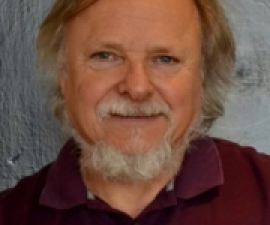

Research Bio
Edgar Knobloch is a theoretical physicist whose research on nonlinear dynamics, pattern formation, and fluid mechanics. He is best known for developing mathematical models that describe instabilities and self-organization in complex physical systems, including convection, turbulence, and astrophysical flows. Knobloch’s research integrates dynamical systems theory, applied mathematics, and fluid dynamics to understand the emergence of ordered and disordered structures in physical systems. His work contributes to fundamental insights into nonlinear physics and applications across natural and engineered systems.
Knobloch is Professor of Physics at UC Berkeley and a Fellow of the American Physical Society and the Society for Industrial and Applied Mathematics. His research has been published in Physical Review Letters, Journal of Fluid Mechanics, and Chaos. He is the recipient of honorary doctorates from the University Paul Sabatier in Toulouse, France, and the Polytechnic University of Madrid, Spain. At Berkeley, he teaches courses on mechanics and nonlinear physics, mentoring students in mathematical modeling and theoretical research.
Research Expertise and Interest
physics, astrophysics, geophysics, nonlinear dynamics of dissipative systems, bifurcation theory, low-dimensional behavior of continuous systems, theory of nonlinear waves, pattern formation in fluid systems, geophysical and astrophysical fluid dynamics, turbulence
